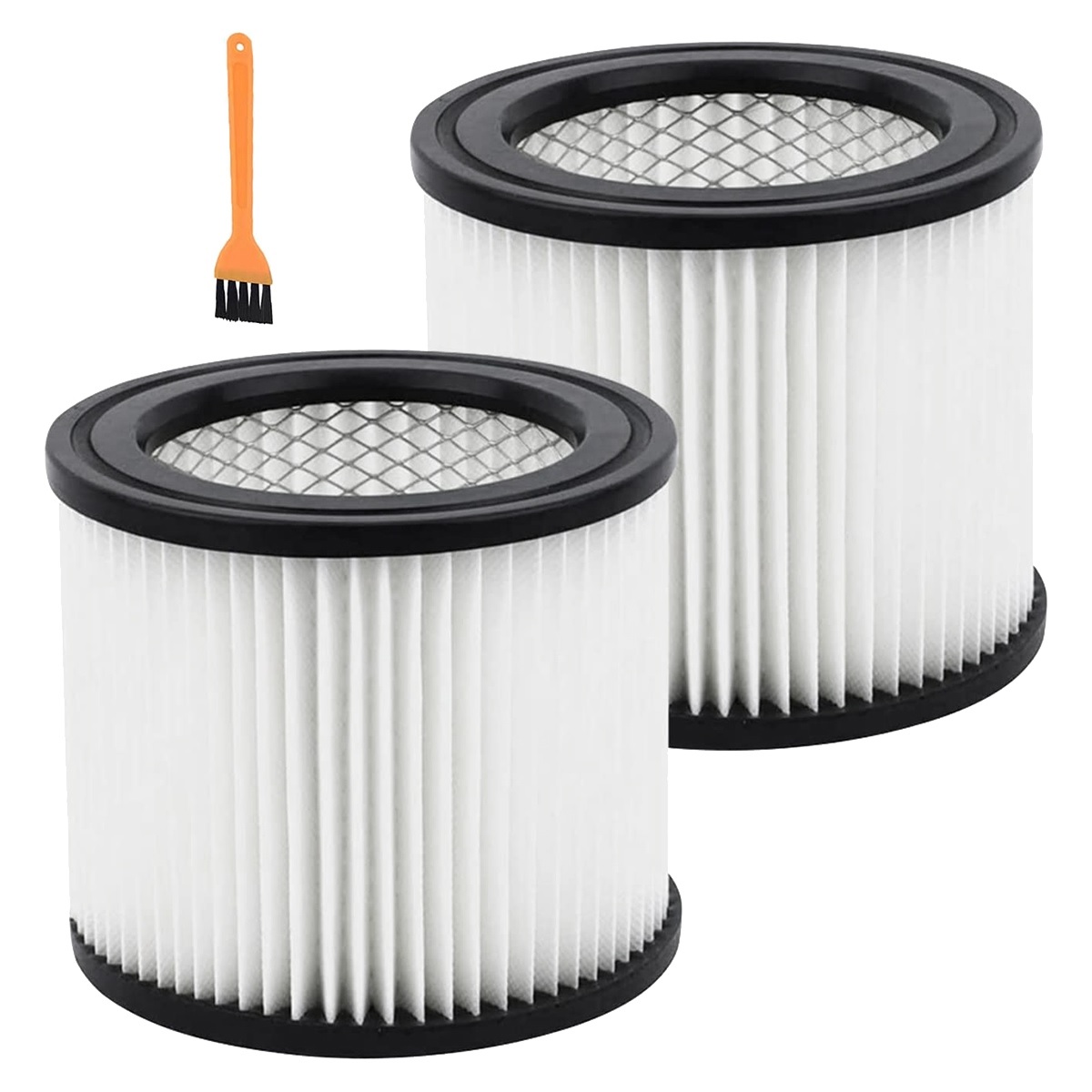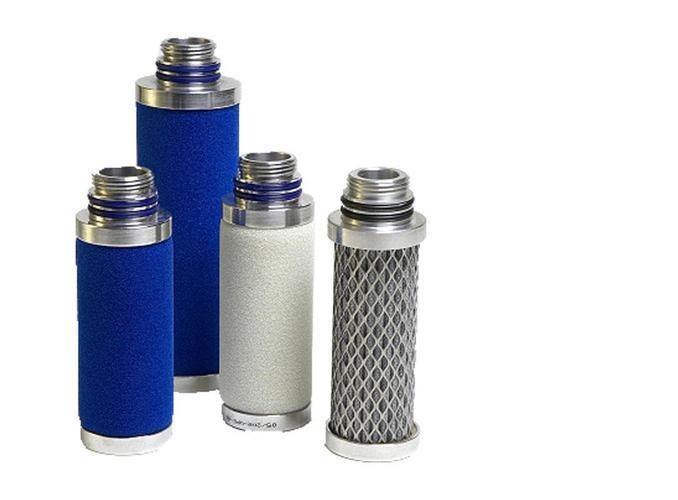Filtration is a physical process of eliminating a particular substance from water by passing it through a permeable medium. It also separates microorganisms and suspended substances from processed water. When we talk about the purification of water and its treatment, we take into account certain factors. We need to understand if we are talking about the treatment of water coming out of the factories and the industries. Moreover, with the increasing level of pollution in the atmosphere and environment, it is important to purify the essentials of life. Water is one such essential and filtration is the only way to do purify water. The size of materials that we can remove during filtration depends upon the size of the pores of the filter. The micro filter, for example, has an approximate pore size of 0.1 microns. The filter has an exceptional performance as compared to conventional filters.

In addition, the filtration equipment has a variety of applications. Not just limited to water treatment, they also have varied uses in industries, power plants, petrochemicals, coil and chemicals, food and beverages, pharmaceuticals, and microelectronics.
When we talk about the removal of contaminated substances from water, we usually use three terms Microfiltration, Ultrafiltration, and Nanofiltration. People who are not yet familiar with these terms can learn from this guide to know how they differ.
Microfiltration physically throws out suspended solids from water with the help of a membrane. Therefore, the pore size of these filters is approximately 0.1 microns (small). As a result, they are highly effective in removing protozoa, but moderately effective in removing bacteria. These filters do not remove viruses or chemicals.
Moreoever, micro filters are available in various sizes. The capacity of a micro filter depends upon different process parameters including water type, production type, the content of fillers, etc.
Water is an important element in every aspect of the food and beverage industry. Since food and beverage products affect the health of consumers, water treatment is important for efficient processing and manufacturing.
Microfilters are used for water treatment in many different applications, such as:
Microfiltration usually serves as a pretreatment for another separation process such as ultrafiltration.
This process also works like microfiltration and removes everything separated through the micro filter. The contaminated liquid flows through a membrane large enough to fit through the membrane's pore size for purity. In addition, it also works on the removal of other unwanted substances and elements including viruses.
Viruses need higher pressure for elimination and that is the reason why ultrafiltration is effective in removing viruses from water. As ultrafiltration gets its power from the tap pressure, it is hugely popular in the commercial sector needing drinking water. Ultrafiltration deploys membranes of longer pore size. The pore size of these filters is approximately 0.01 micron (smaller). An ultrafilter is highly effective in removing bacteria, and viruses. However, it works less effectively in removing chemicals.
Ultra Filters can be used in the following applications:
Ultrafiltration minimizes disposal problems thereby reducing the cost of waste management. According to the US department of energy, “ultrafiltration reduces the danger of processing certain hazardous biological materials. It enhances products purity, recovery, and performance of downstream operations.”
Ultrafiltration removes large particles and viruses. But it is important to note that microfiltration and ultrafiltration cannot remove dissolved substances. These substances should be first absorbed with activated carbon or coagulated with iron salts.
The design of nanofiltration is quite similar to that of reverse osmosis apart from some differences. Moreoever, nanofiltration removes microplastics, medicine residues, pesticides, and colour from wastewater. Nanofiltration membranes essentially remove 50% - 90% of monovalent ions including sodium and chlorides. The pore size of these filters has an approximate size of 0.001 microns (smallest). Due to such smallest size of the membrane, it is possible to remove nearly all viruses, organic molecules, and a range of salts.
Divalent ions make water hard. The quality of nanofiltration removes divalent ions to make water soft again. Ultrafiltration serves as pretreatment of water for nanofiltration or reverse osmosis. In addition, pretreatment of water is extremely important since membrane fouling can impact the purification process. It is always recommended to determine pretreatment needs immediately after knowing the wastewater composition.
The applications of nanofiltration are required in different fields such as:
The above analysis shows that all three filtration processes treat water separately to get the precise quality of required water.

Micro filter, ultrafilters, and nano filters are highly effective in the water treatment process. Apart from the difference in pore size of the membrane, all three filters do the same job. Pretreatment of water is important for all three types of filtrations.
However, depending upon the quality of water and industrial usage, their applications vary. Microfiltration primarily differs from ultrafiltration in the pore size range. It usually serves as pretreatment of ultrafiltration.
Ultrafiltration removes bacteria and viruses from water. Likewise, nanofiltration removes microbes, natural minerals, and organic matter. In addition to this, it also softens hard water by removing divalent ions. The three processes have varied use in microelectronics, different filter meshes, food and beverages, medicines, and dairy products.
